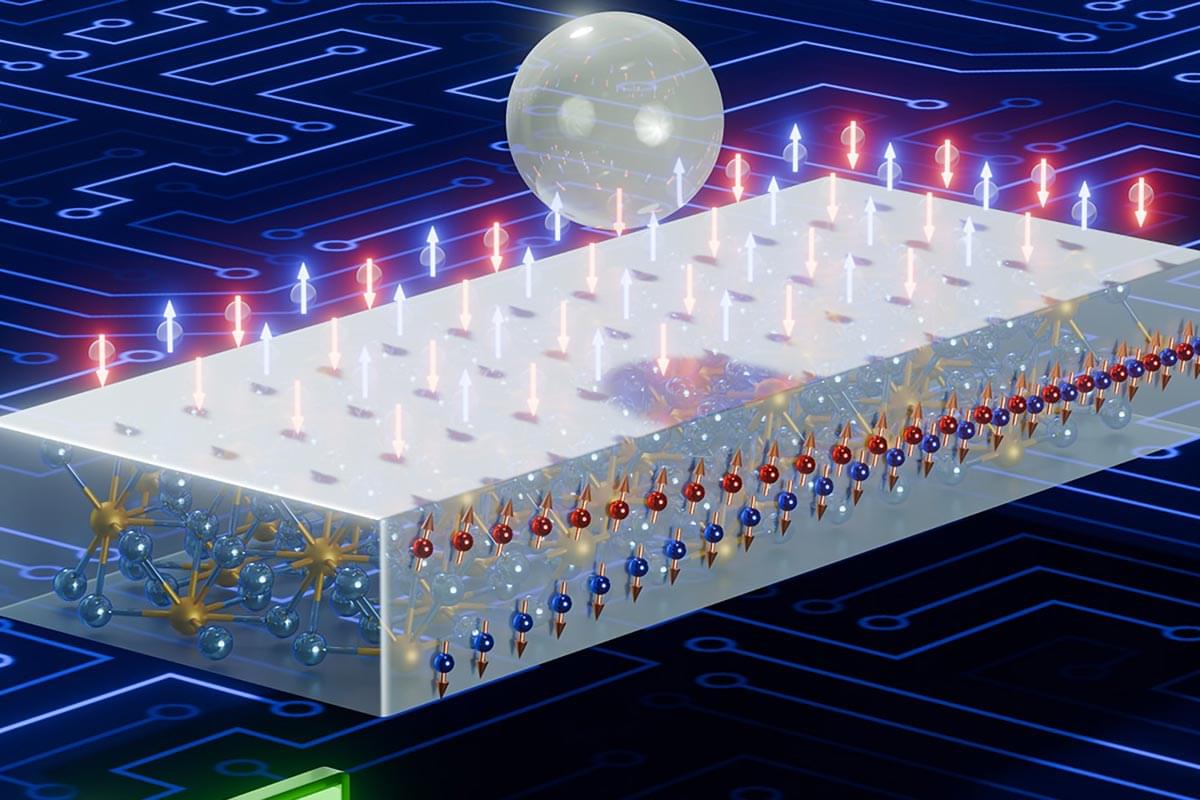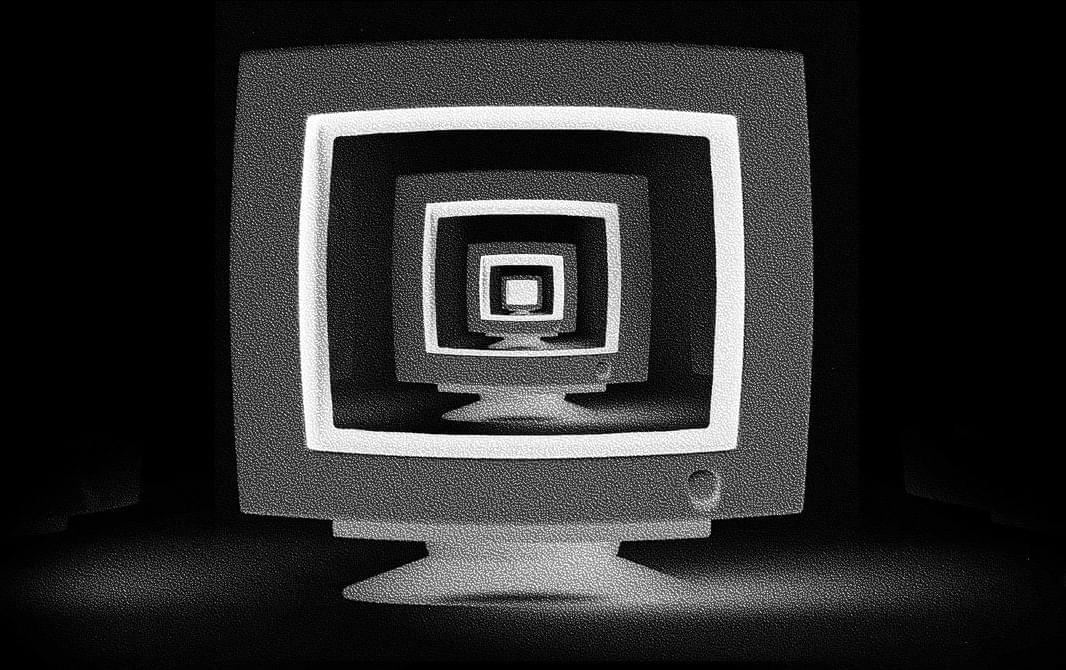Peng, L., Wang, L., Wu, S. et al. Sci Rep 15, 19,938 (2025). https://doi.org/10.1038/s41598-025-04737-3
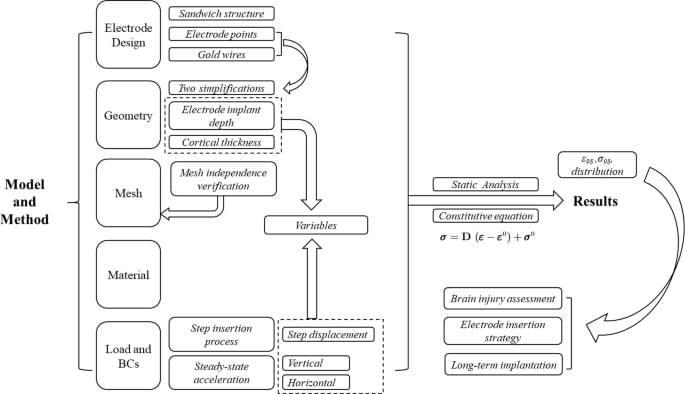

Peng, L., Wang, L., Wu, S. et al. Sci Rep 15, 19,938 (2025). https://doi.org/10.1038/s41598-025-04737-3

Scientists have found that Uranus is emitting its own internal heat — even more than it receives from sunlight — and this discovery contradicts observations of the distant gas giant made by NASA’s Voyager 2 probe nearly four decades ago.
Scientists led by Xinyue Yang of the University of Houston analyzed decades of readings from spacecraft and computer models to find that Uranus emits 12.5% more internal heat than the amount of heat it receives from the sun. However, that amount is still far less than the internal heat of other outer solar system planets like Jupiter, Saturn and Neptune, which emit 100% more heat than they get from the sun.
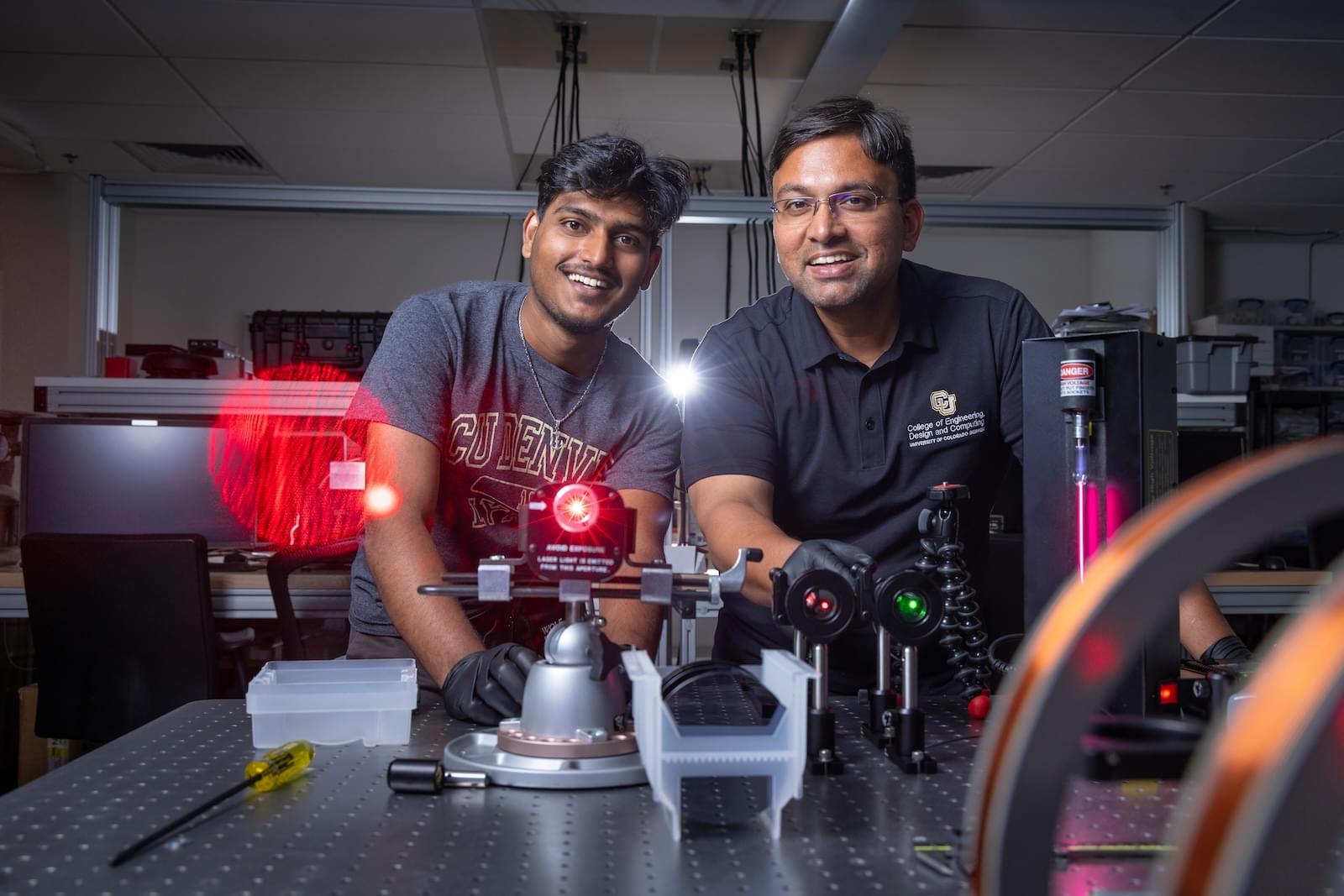
Sahai has found a way to create extreme electromagnetic fields never before possible in a laboratory. These electromagnetic fields—created when electrons in materials vibrate and bounce at incredibly high speeds—power everything from computer chips to super particle colliders that search for evidence of dark matter. Until now, creating fields strong enough for advanced experiments has required huge, expensive facilities.
For example, scientists chasing evidence of dark matter use machines like the Large Hadron Collider at CERN, the European Organization for Nuclear Research, in Switzerland. To accommodate the radiofrequency cavities and superconducting magnets needed for accelerating high energy beams, the collider is 16.7 miles long. Running experiments at that scale demands huge resources, is incredibly expensive, and can be highly volatile.
Sahai developed a silicon-based, chip-like material that can withstand high-energy particle beams, manage the energy flow, and allow scientists to access electromagnetic fields created by the oscillations, or vibrations, of the quantum electron gas—all in a space about the size of your thumb.
The rapid movement creates the electromagnetic fields. With Sahai’s technique, the material manages the heat flow generated by the oscillation and keeps the sample intact and stable. This gives scientists a way to see activity like never before and opens the possibility of shrinking miles-long colliders into a chip.
A University of Colorado Denver engineer is on the cusp of giving scientists a new tool that can help them turn sci-fi into reality.
Imagine a safe gamma ray laser that could eradicate cancer cells without damaging healthy tissue. Or a tool that could help determine if Stephen Hawking’s multiverse theory is real by revealing the fabric underlying the universe.
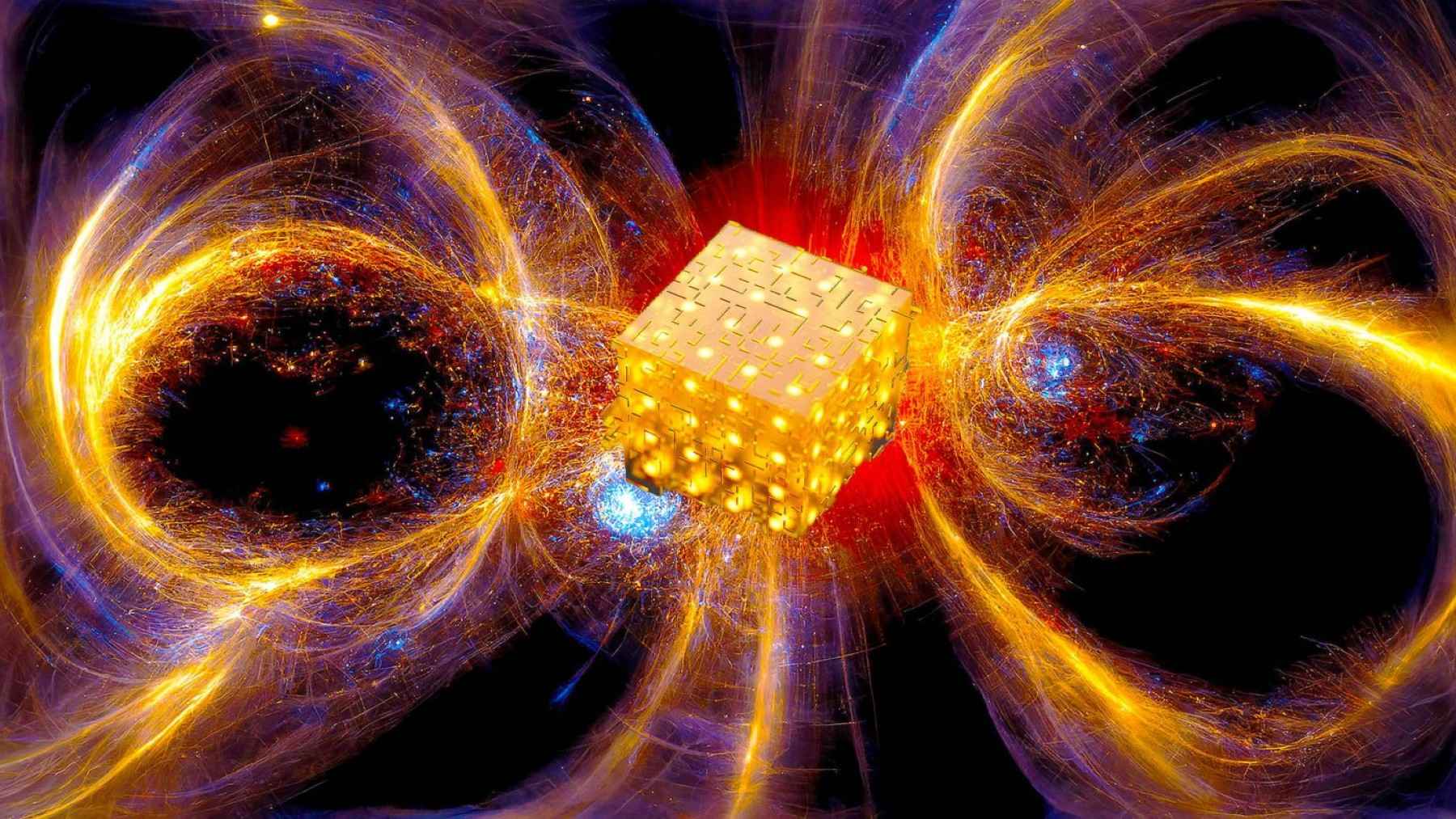
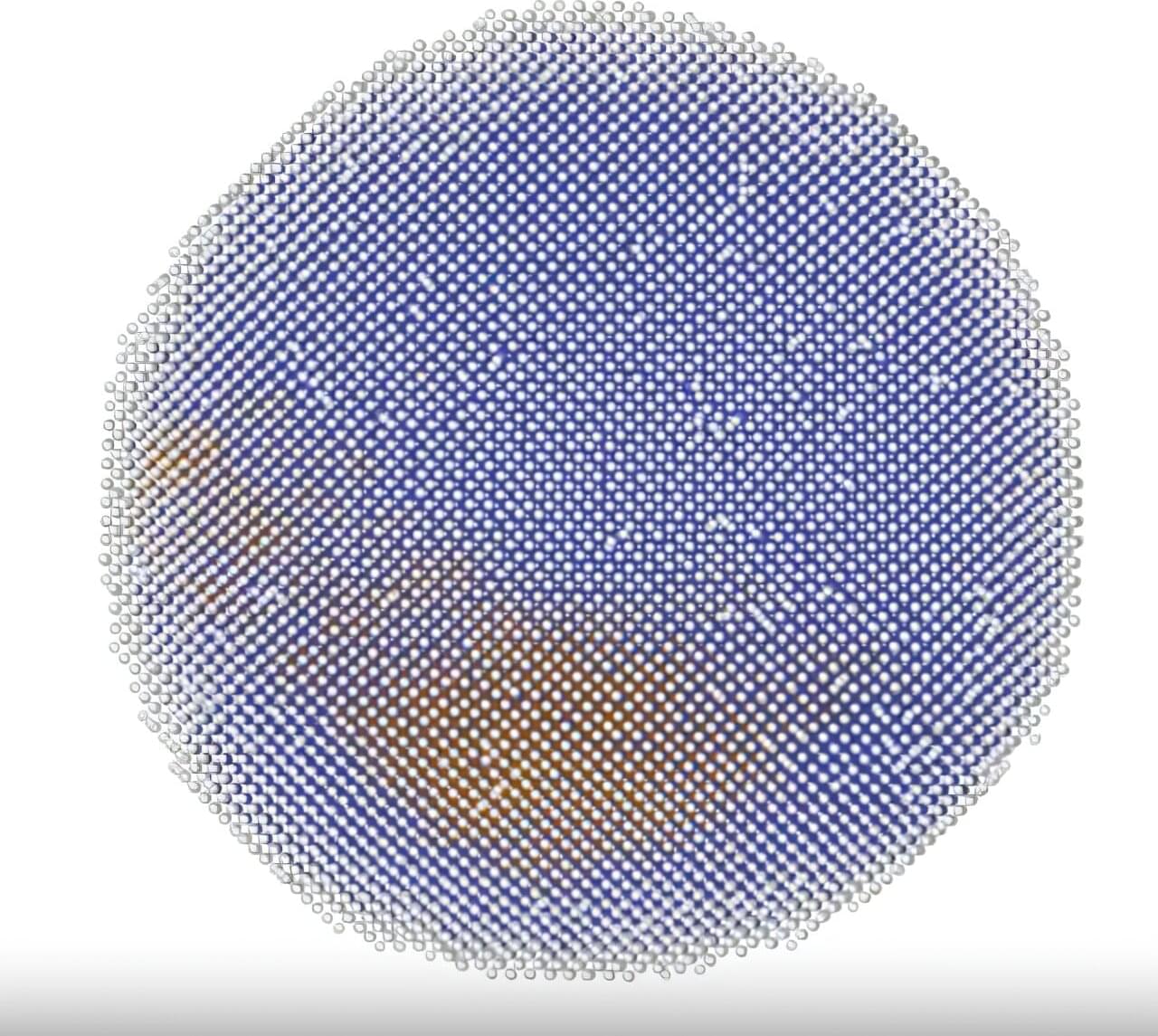
The secret to how steel hardens and shape-memory alloys snap into place lies in rapid, atomic-scale shifts that scientists have struggled to observe in materials. Now, Cornell researchers are revealing how these transformations unfold, particle by particle, through advanced modeling techniques.
Using custom-built computer simulations, Julia Dshemuchadse, assistant professor of materials science and engineering at Cornell Engineering, and Hillary Pan, Ph.D., have visualized solid-solid phase transitions in unprecedented detail, capturing the motion of every particle in a theoretical material as its crystal structure morphs into another.
Their findings, published in the Proceedings of the National Academy of Sciences, reveal not only classical transformation mechanisms, but also entirely new ones, reshaping how scientists understand this fundamental process in materials science.

What do children’s building blocks and quantum computing have in common? The answer is modularity.
It is difficult for scientists to build quantum computers monolithically—that is, as a single large unit. Quantum computing relies on the manipulation of millions of information units called qubits, but these qubits are difficult to assemble. The solution? Finding modular ways to construct quantum computers. Like plastic children’s bricks that lock together to create larger, more intricate structures, scientists can build smaller, higher-quality modules and string them together to form a comprehensive system.
Recognizing the potential of these modular systems, researchers from The Grainger College of Engineering at the University of Illinois Urbana-Champaign have presented an enhanced approach to scalable quantum computing by demonstrating a viable and high-performance modular architecture for superconducting quantum processors.

Researchers from SANKEN (The Institute of Scientific and Industrial Research) at The University of Osaka have developed a new program, “postw90-spin,” that enables high-precision calculations of a novel performance indicator for the spin Hall effect, a phenomenon crucial for developing energy-efficient and high-speed next-generation magnetic memory devices.
This breakthrough addresses a long-standing challenge in spintronics research by providing a definitive measure of the spin Hall effect, overcoming ambiguities associated with traditional metrics. The research is published in the journal npj Spintronics.
The spin Hall effect, where many researchers recognize an electric field generates a perpendicular spin current, is key to spintronic devices. Previously, the spin Hall conductivity was used as a performance indicator. However, this metric is affected by how the spin current is defined, leading to inconsistencies.
